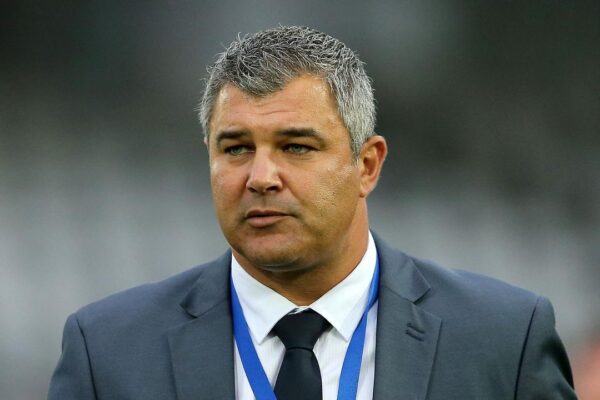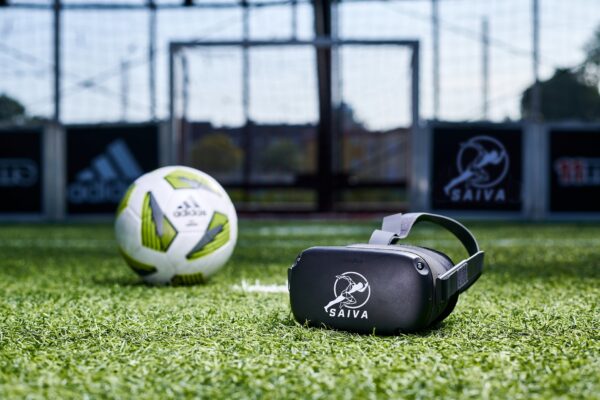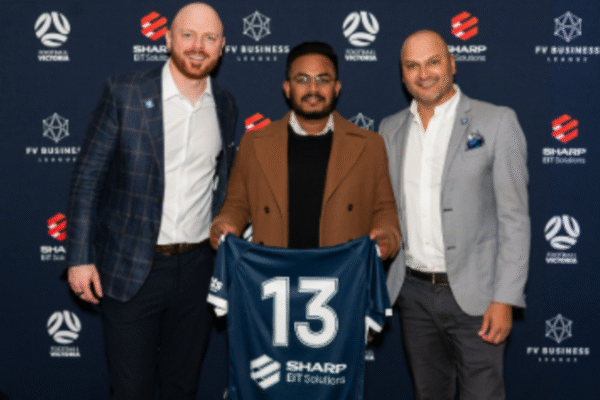
Recently, we’ve seen QR codes become as prominent as ever with Covid-19 protocols in mind – particularly for checking in to venues.
Blink Identity offers the latest solution for quick and easy access to events, as face recognition software can be used as a ticket – rather than having a physical or digital copy on hand.
Backed by decades of experience, they have been developing identity systems for enterprises in high-risk environments. The biometric matching system has utilised military-grade technology to accurately identify people walking at a typical pace, adaptable to any lighting conditions.
The basis of Blink Identity is simple – when a sports club or venue is partnered up with the company and has the camera software in place, visitors are required to enrol in the service by taking a ‘selfie’ photograph on their phone.

By taking a photograph in a matter of seconds, this leads to enormous time saved when the visitor has arrived to enter a stadium or venue, where this eliminates the risk of waiting in lines. Blink Identity collects an image of a person’s face to then be converted into a special unique code known as a mathematical template for identification purposes (like a barcode). Basic contact details involving full name and email address are used for a personalised greeting and if Blink Identity needs to contact the person respectively, with this information to ensure that a spectator can be identified at a venue and if any problems arise with the account.
With a Blink Identity lane in operation, all the visitor needs to do is walk through and the sensor takes another photograph – to be converted into a template – which is then immediately deleted and is not saved on the sensor. This process is simply to compare the initial template (selfie) with the latest version from when the person enters a venue.
The versatility and reliability of this technology has not only been tested with lighting conditions, but also to adjust for slight changes to a person’s appearance from one photo to the next. For instance, anyone wearing hats, glasses, colored contacts, head scarves or has a beard does not affect Blink Identity’s system. The vast majority of sunglasses, face paint schemes and sequins have also been proven to not change how the sensors operate. The system, which can identify identical twins better than the human eye, caters for any changes to a person’s appearance. In addition, customers wearing face masks are matched using periocular recognition. This is a special type of face matching that focuses on the area of the face around the eye.

Likened to walking in like a red carpet, Blink Identity is virtually a replica with that same VIP-type feel for successful entry. Once inside the venue, the use of Blink Identity’s sensors can expand towards purchasing food and merchandise, where customer experience is advanced. For instance, if an ID check is required from a customer, a simple face recognition check can be completed, rather than sifting through pockets trying to find a driver’s license or similar.
The ease of this technology is not only positive for visitors, but for companies as well who hold events. Blink Identity integrates with standard frameworks and workflows to handle everything from implementation and enrollment to privacy compliance. By switching to Blink Identity’s system, it connects to existing ticketing, Customer Relationship Management (CRM), point of sale (POS), time & attendance and security systems. This will allow organisations to get a better insight of fan data, promoting increased revenues and analytics.
As countries start to welcome back more fans on the other side of Covid-19 outbreaks, Blink Identity can help manage the reintroduction of these fans through seamless entry. It’s an extra piece of technology that can certainly speed up the process at popular crowded events.
For everything you need to know about Blink Identity, you can find it here.




















